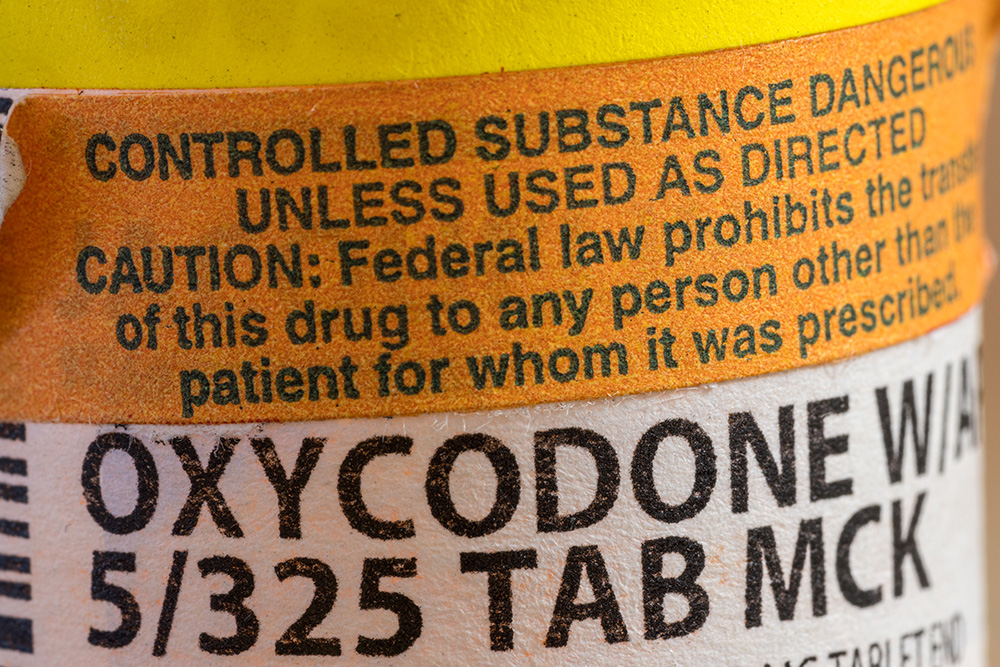According to a new study, opioid use during pregnancy may have a negative neurological or behavioral impact on children later in life. While previous studies have drawn a link between prenatal opioid use and adverse health outcomes in infants, the University of Missouri study found that exposure to opioids in utero can have damaging long-term effects on children, potentially impacting them into their adult years.
At issue is how opioids impact the various bacteria and microorganisms (known as the gut microbiome) inside the developing fetus. The gut microbiome serves as a measuring stick for the overall health and wellness of humans and animals.
About the Study
The University of Missouri study compared the gut microbiome of adult mice exposed in utero to the opioid oxycodone with the gut microbiome of adult mice who were not exposed to any opioids. The goal of the study was to find out how opioid exposure in gestation impacts offspring in their later years. According to the researchers, the gut microbiome of humans is very similar to the gut microbiome of mice.
The researchers identified significant disruptions to the natural balance of bacteria in the guts of the mice exposed to oxycodone in utero. The changes were linked with potential long-term impacts on both neurological and behavioral health.
More Pregnant Women Using Opioids
It’s become increasingly common for women to use opioids during pregnancy, either due to dependency or as a result of a medical prescription. According to the Journal of the American Medical Association, from 2010 to 2017, the number of opioid-related diagnoses documented at delivery increased by 131 percent. Meanwhile, the number of babies in the U.S. born with neonatal abstinence syndrome (NAS) increased by 82 percent from 2010 to 2017.
Neonatal abstinence syndrome occurs when a baby is exposed to a drug in utero and experiences withdrawal from the drug after birth. NAS is most often caused when a mother takes opioids while pregnant and can lead to serious problems in a baby. NAS is associated with withdrawal symptoms such as irritability, seizures, vomiting, and poor feeding in newborns. One of the researchers who led the University of Missouri study noted that children exposed to opioids during gestation are at increased risk for developing an addiction to opioids later in life.
According to the Centers for Disease Control and Prevention, there has been a trend toward opioids being prescribed for pain that may not be serious, despite the risks associated with these drugs.
Other Risks of Prenatal Opioid Use
Beyond the potential long-term harm posed to children whose mothers take opioids while pregnant, prenatal opioid use is associated with other risks to infants, including:
- Neural tube defects
- Congenital heart defects (problems with the structure of a baby’s heart)
- Gastroschisis (a birth defect of the baby’s abdomen)
- Stunted growth
- Preterm delivery (birth before 37 weeks)
When it comes to opioid use during pregnancy, a significant concern is that a woman may be taking opioids without knowing she is pregnant. A baby’s cells multiply rapidly and the baby may have been exposed to the opioid for a long time before the mother knows she is pregnant.






